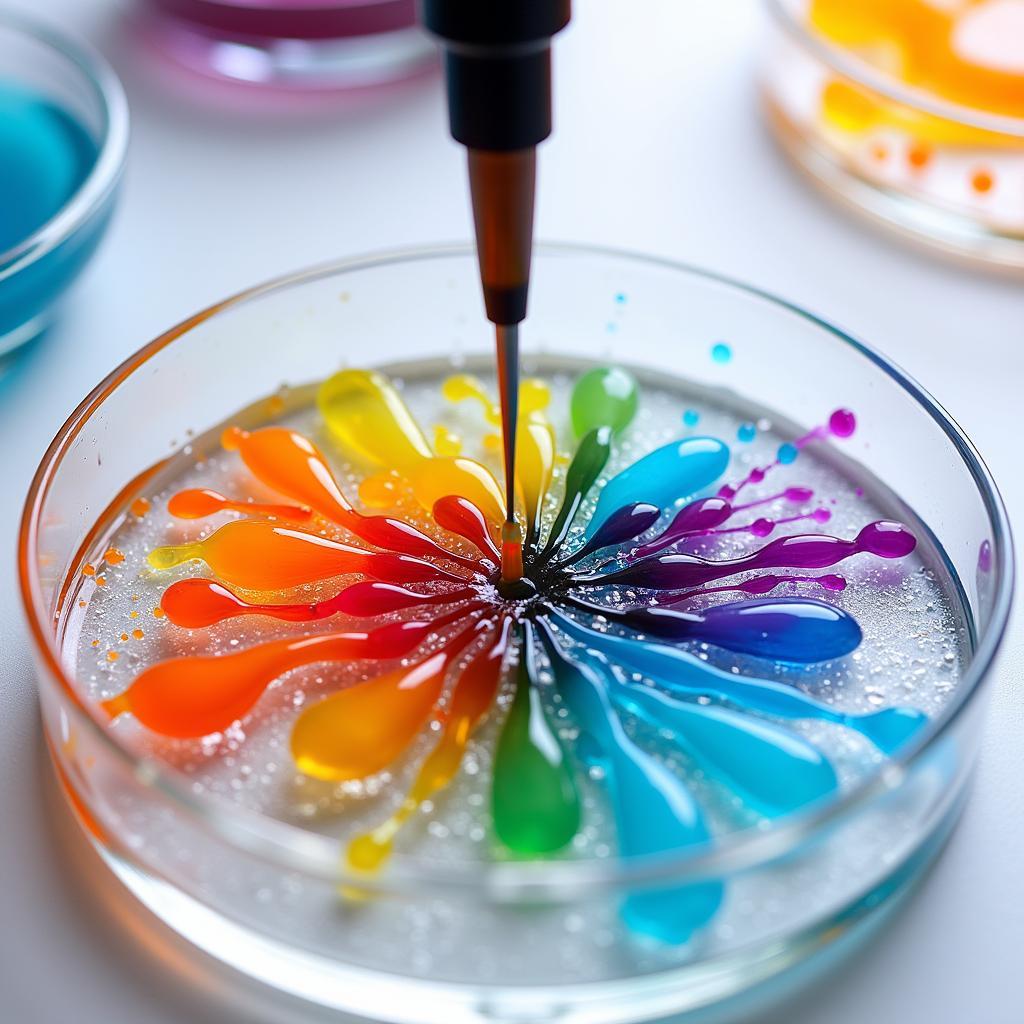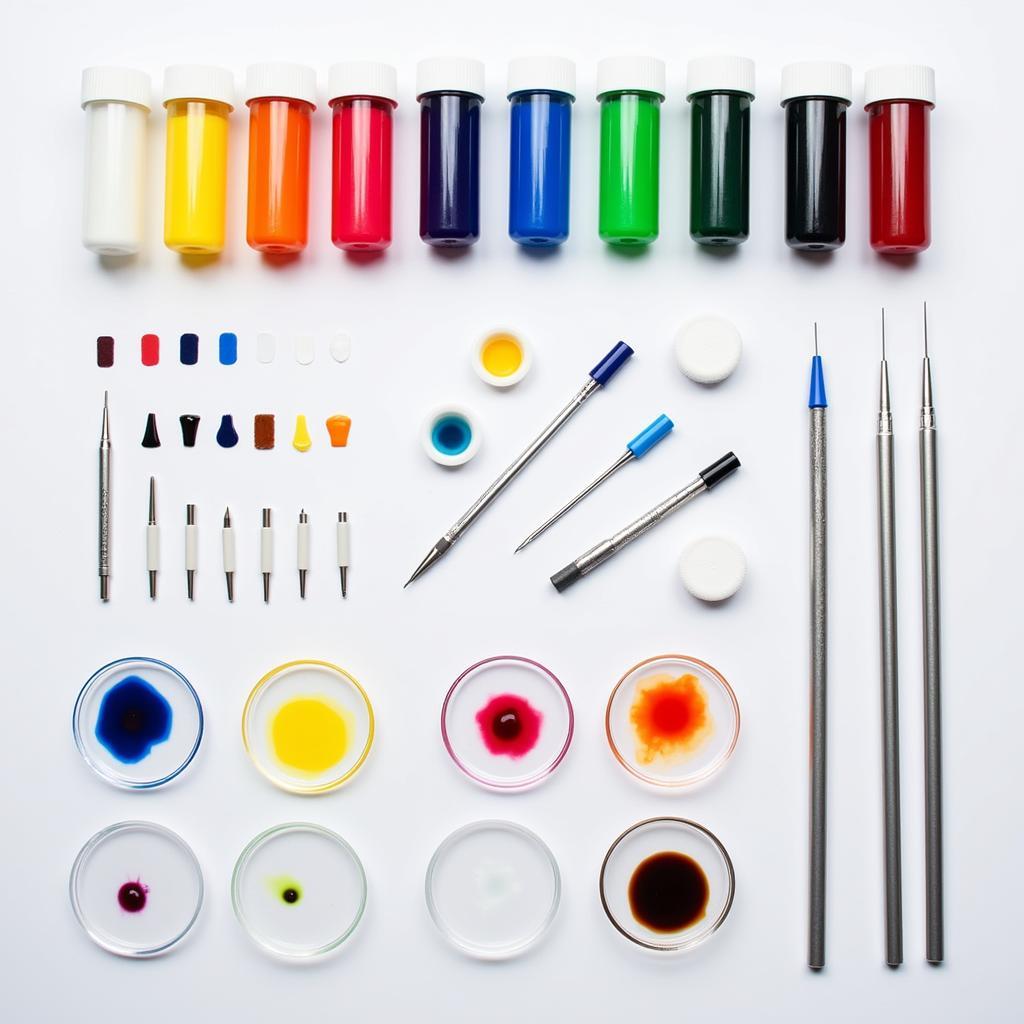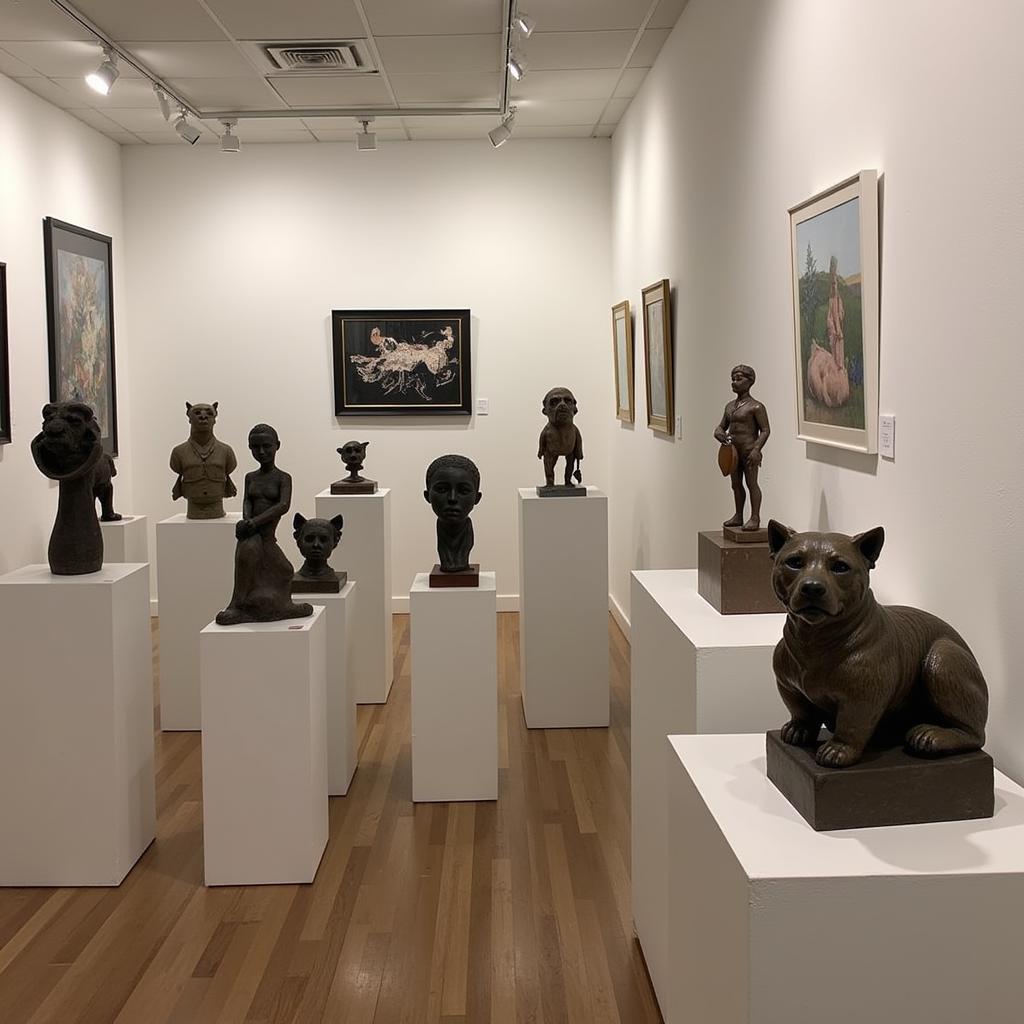Exploring the Microscopic World of Micropipette Art
Micropipette Art is a fascinating new frontier where science and art collide. It involves manipulating tiny droplets of colored liquids using micropipettes, typically instruments found in laboratories, to create intricate designs and patterns on a canvas, often a petri dish or microscope slide. This unique art form is capturing the attention of artists and scientists alike, showcasing the beauty hidden within the microscopic world.
What is Micropipette Art?
Micropipette art involves meticulous precision and a steady hand. Artists carefully control the volume and placement of each droplet, building up layers of color to achieve stunning visual effects. It’s a delicate dance between scientific technique and artistic expression. The process demands patience and attention to detail, but the results can be breathtakingly beautiful, showcasing the intricate details possible with this unusual medium. What sets micropipette art apart is its unique blend of scientific tools and artistic vision.
 Micropipette art in a petri dish
Micropipette art in a petri dish
Mastering the Micropipette: Techniques and Tips
Creating micropipette art requires practice and an understanding of the tools involved. Choosing the right viscosity of liquids is crucial. Too thick, and the droplets won’t flow smoothly. Too thin, and they might spread uncontrollably. Experimentation with different liquids is key to discovering what works best for your artistic vision. Some artists even incorporate fluorescent dyes or other materials to add another layer of complexity to their creations. Maintaining a steady hand and precise control over the micropipette is essential for creating intricate details and achieving the desired effects.
Choosing the Right Canvas
While petri dishes are a common choice, artists are experimenting with various surfaces. Microscope slides, glass plates, and even fabrics can serve as canvases for micropipette art. The choice of canvas can significantly impact the final look of the artwork. A textured surface might create interesting diffusion effects, while a smooth surface allows for sharper lines and more defined patterns. Think outside the box and explore different materials to discover unique and unexpected results.
 Micropipette art tools and materials
Micropipette art tools and materials
Micropipette Art: Beyond the Petri Dish
Micropipette art is more than just a pretty picture. It’s a powerful tool for scientific communication and education. Scientists are using this technique to visualize complex biological processes and create engaging educational materials. By transforming scientific data into visually appealing artwork, micropipette art can bridge the gap between science and the public. It offers a unique and accessible way to understand and appreciate the intricate beauty of the microscopic world. The possibilities are truly endless, with artists pushing the boundaries of this medium and exploring new applications in various fields.
Inspiration and Resources
Many online resources and communities are dedicated to micropipette art. These platforms provide a space for artists to share their work, exchange tips and techniques, and find inspiration. Connecting with other artists in the micropipette art community can be invaluable for learning and growing as an artist. Sharing experiences and discovering new approaches can help you develop your unique style and push the boundaries of your creativity.
Conclusion
Micropipette art is a captivating intersection of art and science, offering a unique way to explore the microscopic world. Whether you’re a scientist, artist, or simply curious about this fascinating art form, there’s a world of possibilities waiting to be discovered. So grab a micropipette, unleash your creativity, and dive into the mesmerizing world of micropipette art.
FAQ
- What type of liquids are used in micropipette art?
- Where can I find micropipettes for creating art?
- What are some tips for beginners in micropipette art?
- Are there any online communities for micropipette artists?
- What are some other creative uses for micropipette art?
- Can I use different surfaces besides petri dishes for micropipette art?
- What are some safety precautions to take when working with micropipettes and liquids?
For support, contact us at Phone: 02462573573, Email: [email protected] or visit us at Savico Megamall, 7-9 Đ. Nguyễn Văn Linh, Gia Thụy, Long Biên, Hà Nội 10000, Việt Nam. We have a 24/7 customer service team.



